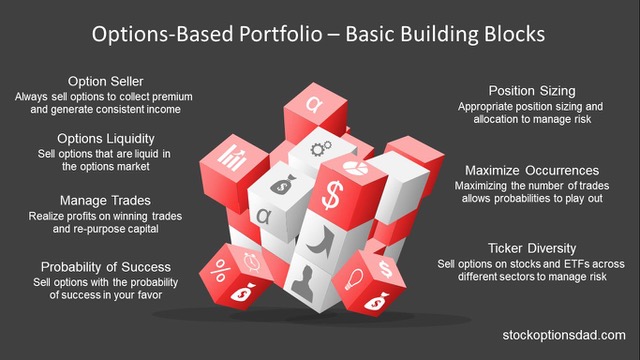2019 has ushered in one of the most surprising bull markets that nearly no one saw coming. Unfortunately, the vast majority of Wall Street analysts underestimated the strength of this bull market as we enter into mid-November. Expectations for 2019 were largely muted when factoring in a slew of potentially negative economic issues such as the U.S./China trade war, Brexit, inverted yield curve, potential recession, Federal Reserve actions, and the presidential impeachment efforts. Despite all of these headwinds, the indices continue to post record highs, with the Dow Jones and S&P 500 notching gains of 18% and 23%, respectively.
This market has been dubbed the “most hated bull market in history,” illustrating the point that the ability for anyone to predict market returns is a futile endeavor. Reiterating why 92% actively managed funds do not outperform their benchmark and why there’s only a 36% chance of picking a stock that will outperform the market. An options-based portfolio approach can offer a superior alternative to traditional stock picking and position your portfolio to thrive in any environment such as this surprise bull market. An option-based strategy mitigates risk and circumvents drastic market moves. Selling options and collecting premium income in a high-probability manner generates consistent income for steady portfolio appreciation in both bear and bull market conditions. This is all done without predicting which way the market will move. Options trading is a great way to generate superior returns with less volatility over the long-term regardless of market conditions such as this “most hated bull market in history.”
Options and the Most Hated Bull Market
Market headwinds aplenty coupled with coming off a tough 2018, Wall Street had a negative view of stocks for 2019, and as a result, the vast majority of analysts missed one of the best years of the longest bull market in history. This market continues to make new highs after new highs. Per CNBC, of 17 forecasters for S&P 500 price, just three have targets that are above where the broad market index traded as of November 4th, 2019, with still nearly two months left in the year. Furthermore, negative sentiment is seen in the put-call ratio (a measure of sentiment among options traders), has remained above one since mid-September, a contrarian indicator that the market could be headed higher due to overly negative sentiment. Continue reading "Options Trading And The Bull Market No One Saw Coming"

